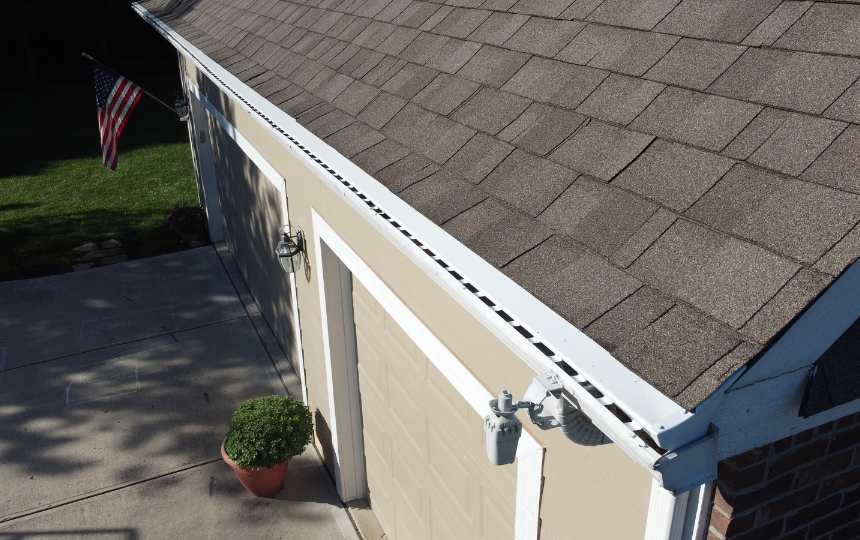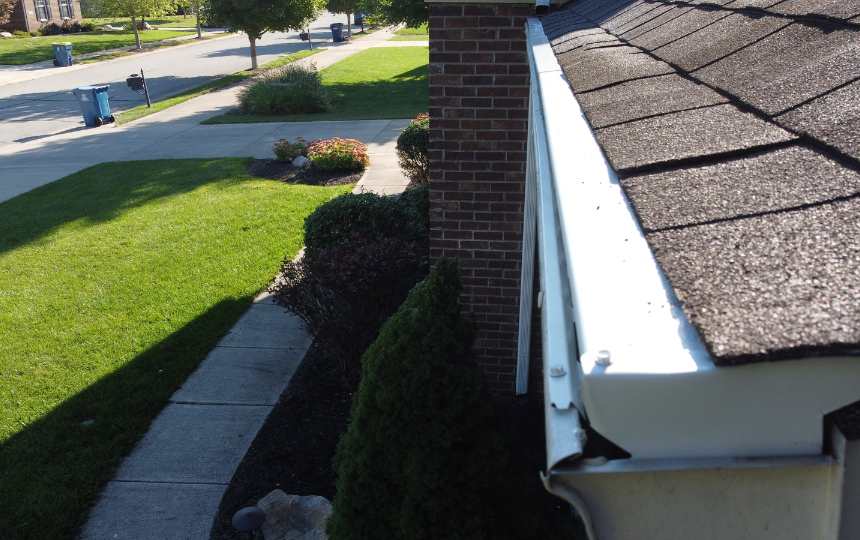When it comes to maintaining the integrity of your home, gutters play an unsung yet crucial role. They serve as the essential first line of defense against water damage, preserving the foundation’s stability and the home’s structural health. For many homeowners, doing it yourself can be not only a cost-effective approach but also a fulfilling one. However, while commendable, DIY gutter installation has its pitfalls. Missteps in this process can lead to costly repairs and even safety hazards.
Here, we’ll highlight the 10 common mistakes homeowners make when installing gutters. By understanding these errors and learning how to avoid them, you’ll ensure a smooth DIY installation that fortifies your home against the rainy seasons to come.
1. Lack of Proper Planning
The cardinal rule of any successful DIY project is to plan diligently. With gutters, this means ensuring you have accurately measured your home’s entire perimeter, understanding local building codes related to gutter installations, and researching the specific requirements for your geographic area’s climate.
Measure Twice, Cut Once
Measuring your home twice or thrice ensures accuracy, and having a detailed plan in place helps avoid confusion during installation. The goal is to plan every inch of your gutter before you even touch a tool, saving time and resources in the long run.
2. Choosing the Wrong Gutter Type or Size
The variety of gutter types and sizes available can be overwhelming. Common mistakes include selecting too small gutters for the water volume they’ll need to handle or a type that doesn’t suit the house’s design.
Consider Your Needs and Aesthetics
Consider the pitch of your roof, typical weather patterns, and the volume of rainwater your home receives. Also, don’t forget aesthetics—while the main point is functionality, gutters are a visible feature and should complement your home’s style.
3. Improper Sloping or Positioning
Gutters must be installed with a subtle slope that directs water toward the downspouts. Incorrect sloping can lead to standing water, a breeding ground for pests, and a source of potential damage to your home.
The Right Angle
The slope should be around 1/16 to 1/8 inch per foot, pointing towards the downspouts with no dips or low spots where water can collect. Positioning must also be carefully planned to avoid vulnerable areas.
4. Inadequate Sealing and Fastening
One of the most common problems with DIY gutters is leaks. This often stems from improper sealing of the joints and not securing the gutters sufficiently to the house.
Seal Seamlessly
Use a high-quality silicone sealant and apply consistently to ensure all joints are watertight. Also, proper fasteners should be spaced at the correct intervals to keep the gutter from sagging.

5. Ignoring Safety Measures
DIY projects can be dangerous, and gutter installation is no exception. Falling from a ladder is a common hazard, but it can be easily avoided with safety precautions.
Safety First
Invest in a sturdy, well-anchored ladder, and always have someone spot you during installation. Wear non-slip footwear, never overreach, and avoid working on gutters alone.
6. Incorrect Pitching and Alignment
In the installation rush, it’s easy to overlook the small details, such as ensuring the gutters are perfectly aligned and level.
Use a Level and Measure
Before securing anything, use a level to confirm that the gutters are aligned correctly. Do not eyeball it—accuracy at this stage is critical to efficient water flow.
7. Neglecting Downspout Placement
The efficiency of your gutter system hinges on proper downspout placement. Neglecting this can lead to overflow and erosion of soil around the foundation.
Plan the Path
Think about the most efficient path for water to exit your gutters. Position downspouts that won’t interfere with regular home activities, such as gardening or walking paths.
8. Overlooking Regular Maintenance
Even the best-installed gutters won’t last without regular maintenance. Leaves, twigs, and other debris can quickly clog your system, leading to overflow and potential damage.
Set a Schedule
Make gutter cleaning a regular part of your home maintenance routine at least twice a year. Consider installing gutter guards to make the task easier and to protect your system further.
9. Using Incorrect Tools or Poor poor-quality materials
Cutting corners with tools and materials might seem like a way to save money, but it can cost you more in the long run.
Invest Wisely
Make sure you have the appropriate tools for cutting and securing gutters. Use durable, high-quality materials—your gutters are an investment in your home’s future.
10. Failure to Seek Professional Help When Needed
Recognizing when a project is beyond your expertise is a mark of a wise homeowner. Sometimes, hiring a professional to ensure the job is done right the first time is best.
Know Your Limits
Consulting with a pro is usually safer if your home’s architecture is complex or unsure about any part of the process. They can offer advice, do the most intricate parts of the installation, or complete the whole project with precision.
Conclusion
DIY gutter installation can be a rewarding project that enhances your home’s protection and personal satisfaction. By avoiding these ten common mistakes, you’re well on your way to building a reliable, long-lasting gutter system. Remember, a little extra thought and precaution in the planning phase and a commitment to using the right tools and methods go a long way in successful home improvement.
Keep your DIY spirit alive, but know when to seek help. With patience and the right approach, you can achieve a gutter installation that functions flawlessly and looks impeccable on your home’s exterior.
You may also like to take a look at some of these great resources:
- How Much Do Gutters Cost?
- How to Avoid Being Scammed by a Gutter Installer
- What Is Covered Under a Gutter Contractor’s Workmanship Warranty?
- Gutter Upgrades: Exploring New Technologies and Innovations for Enhanced Home Protection
Also, here are some resources to help you select a reputable contractor:




